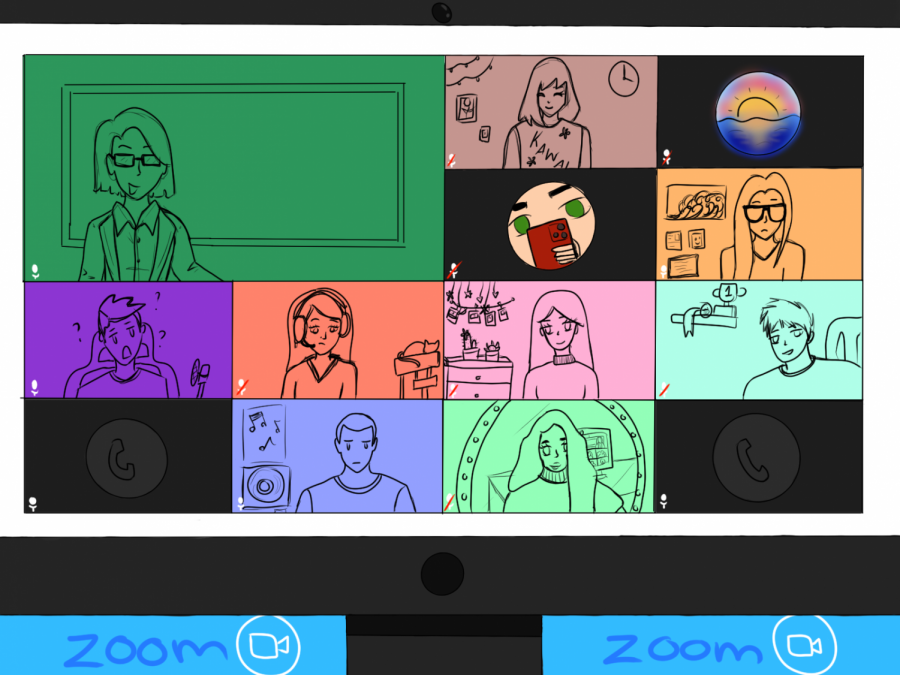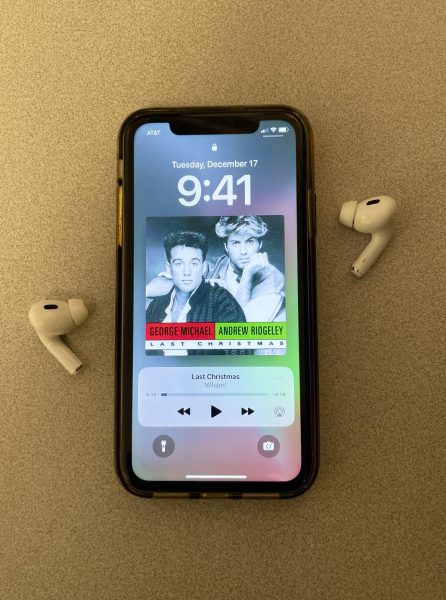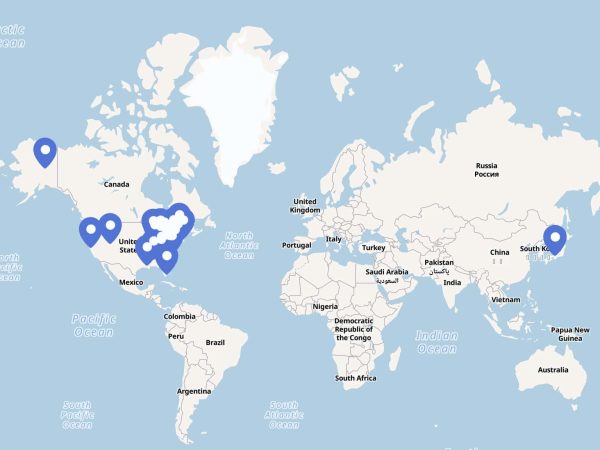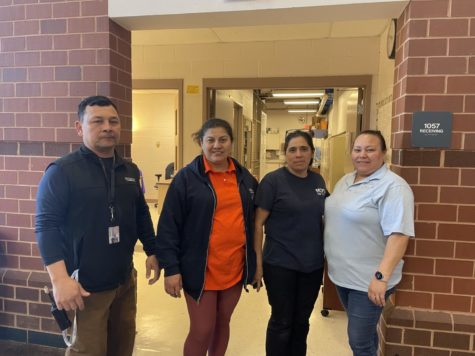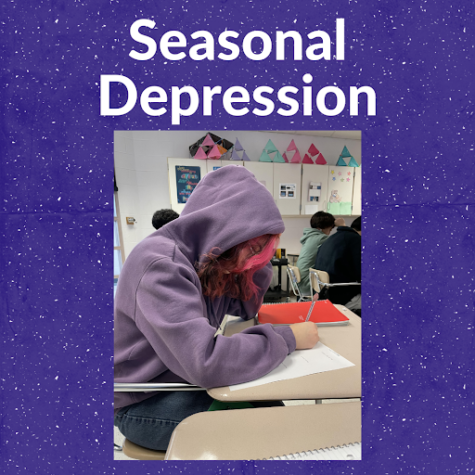From Classrooms to Computers: The Metamorphosis of Online Teaching
Throughout the inconsistent process of online learning, teachers and students alike have had to adjust to the new circumstances caused by the COVID-19 pandemic. While some teachers were fully prepared to use myMCPS and Zoom for virtual class, others were unsure of how to use the new technology.
However, despite the initial productivity struggle, online learning seems to have both positive and negative outcomes for teachers and students alike.
The overall level of preparedness for online learning has grown greatly, as people have adjusted to using it everyday. Teachers that initially felt unprepared, now better manage instructing virtually. When asked their opinion of online school, teachers had a lot to say—including concerns.
“There have been increased attempts in cyber-attacks and denial-of-service attacks on school district networks across the country, or big corporate networks like Google and Microsoft recently,” world history teacher Adjua Adama said. “When those services or corporations aren’t managing attacks, the increase in traffic has often caused slowdowns—which inhibit lessons and communication between teachers and students.”
On top of the hacking risks, WiFi connectivity poses additional concerns.
“Sometimes students have obstacles, like when a parent emailed me that an entire neighborhood lost wifi in the recent storm,” Linda Osborne, a sixth English teacher at Earle B. Wood Middle School, said.
Meanwhile, Kyle Washington—a Flower Valley Elementary School teacher—addressed the question of how work would be graded fairly.
“A new problem is how we are going to collect grades with equity,” Washington said, adding that he is unsure of how teachers are going to proceed grading.
Despite these concerns, online learning has allowed students and teachers to reconnect and initiate meaningful interactions again—something that was lost during the first few months of school closure.
“I am very confident with these students. They got it from day one,” Washington said, when talking about the websites and technology being used.
In addition, increased productivity has also managed to surprise teachers.
“Thus far, the activities and assignments assigned have not exhibited any drop-off of quality or quantity as compared to when we’re in the building,” Adama said.
Some feel distance learning may even be producing better results than were achieved in physical class. With fewer interruptions and an increased use of technology, students have shown great results.
“Most of the sixth graders are prepared and ready to learn; they sometimes even help me with technology issues,” Osbourne said.
While many spent the spring in a gray area between feeling confident and concerned about online class, Osborne’s initial distance learning experience and those of her students were somewhat positive.
“I felt mostly prepared for online learning since we have been using Chromebooks and online learning platforms for several years now,” Osborne said. “In the end [she and her students] were mostly all able to meet for virtual classes and do the classwork.”
At the start of quarantine in March, there were many problems with Zoom for students, as most had a limited understanding of how to use the video calling app.
“[My] students were totally prepared to do the work online, but they were not prepared for how to use Zoom,” Washington said, also adding that chromebooks and promethean boards helped to prepare him and his students to transition online for classes.
Online learning has become an almost common place for students and teachers, as both sides have grown more comfortable with the required virtual classes.
“Patience with the process; we’re all attempting to figure things out and make adjustments along the way, as this is new to everyone—from the superintendent and school board down to the students,” Adama said. “Don’t be afraid to share any feedback or concerns with those involved, keep the lines of communication open, make adjustments, but everyone needs to recognize that business is not as usual. Flexibility is always a virtue in education, especially now.”

Casey Majewski is a junior at RHS. After taking Intro to Journalism last year, she is now a Staff Writer for the Rampage. She enjoys writing and reading,...


